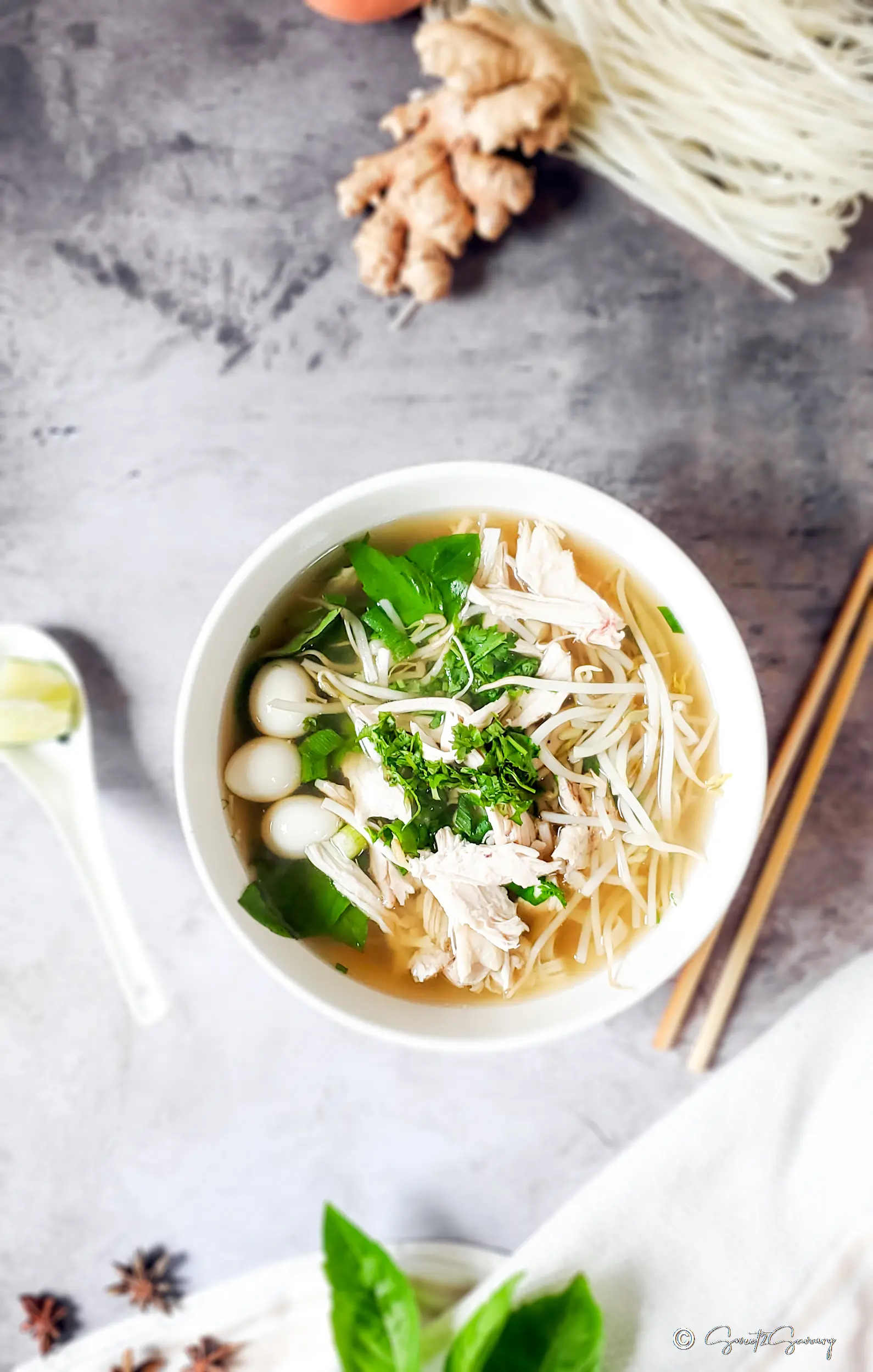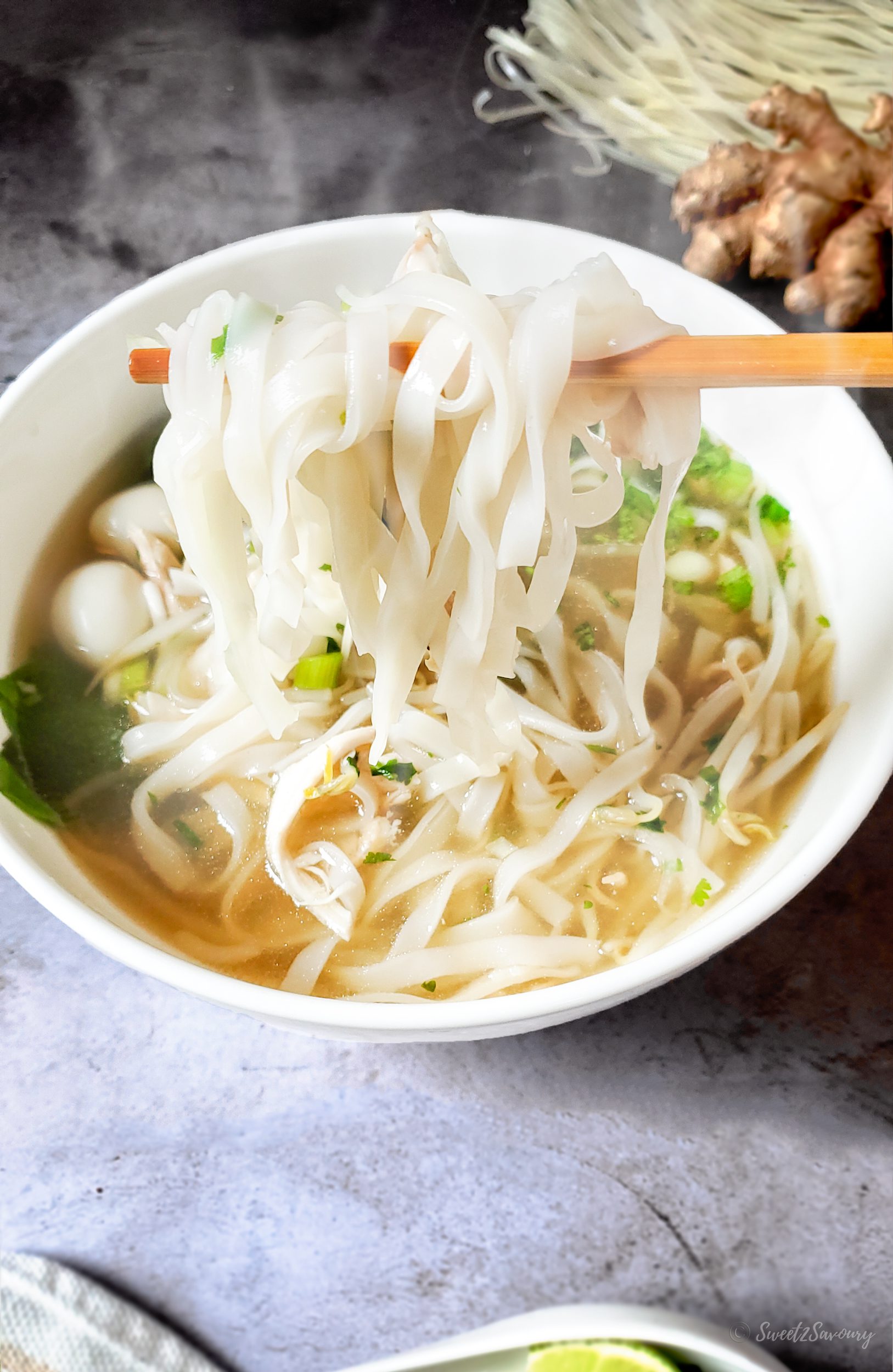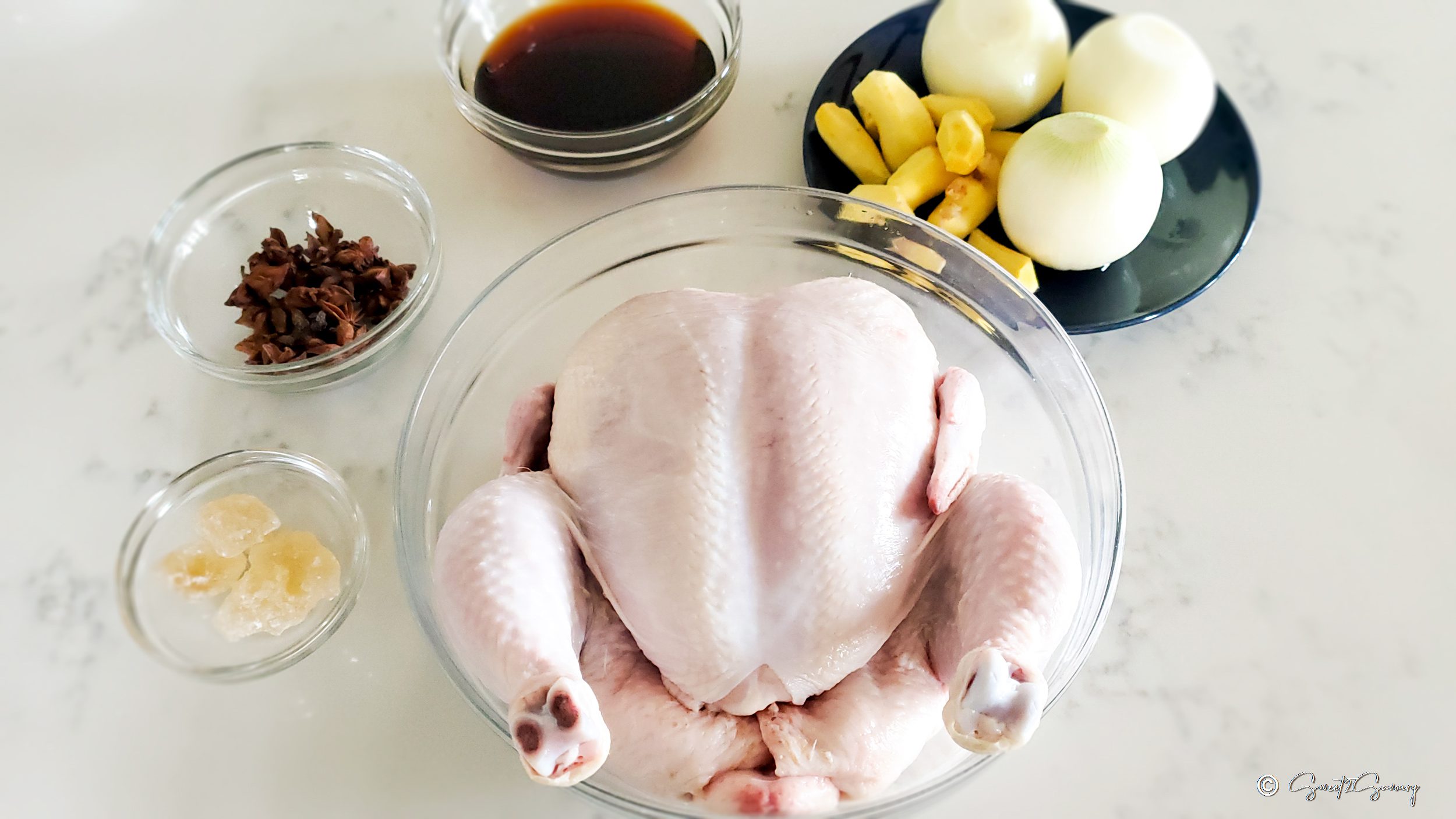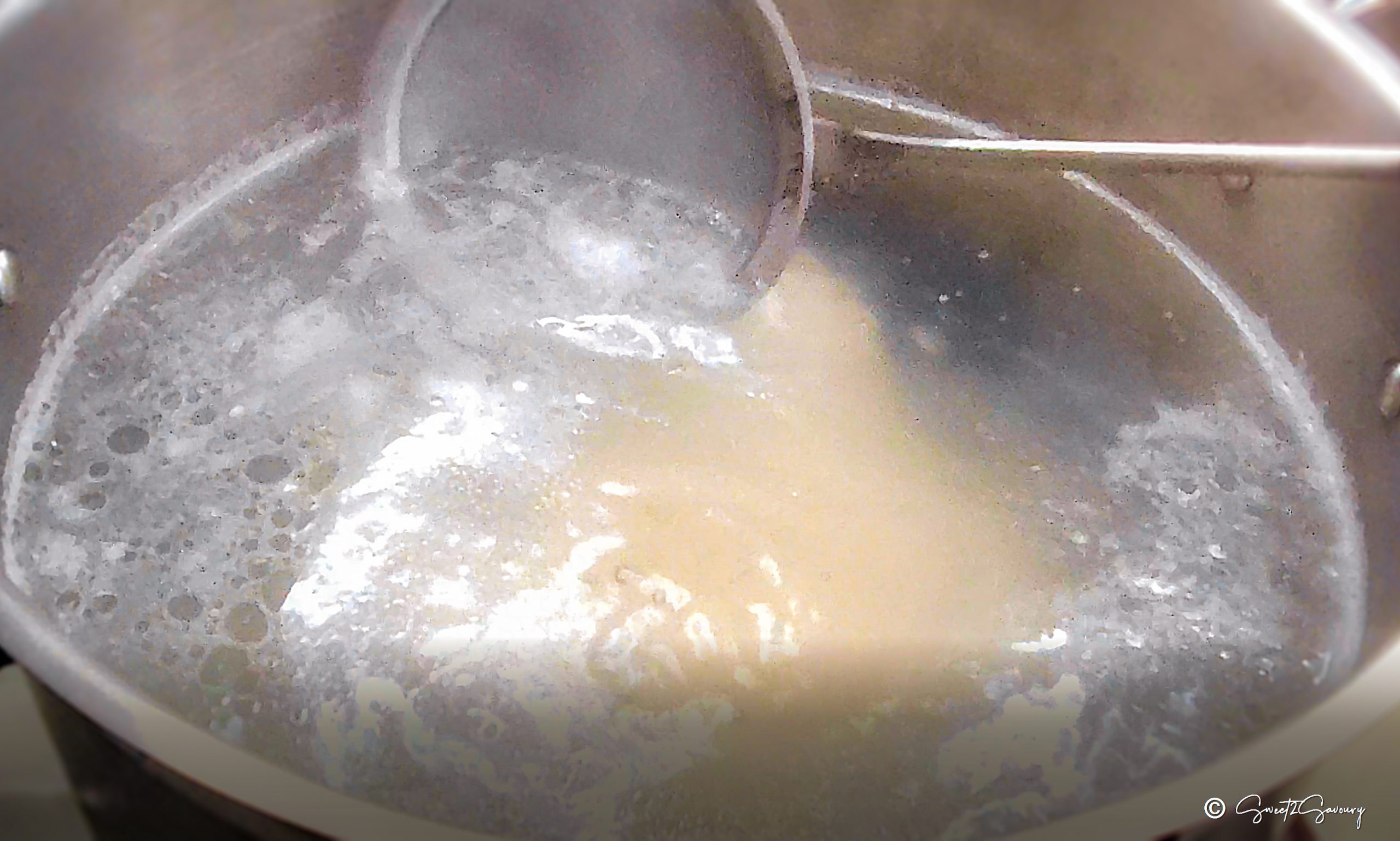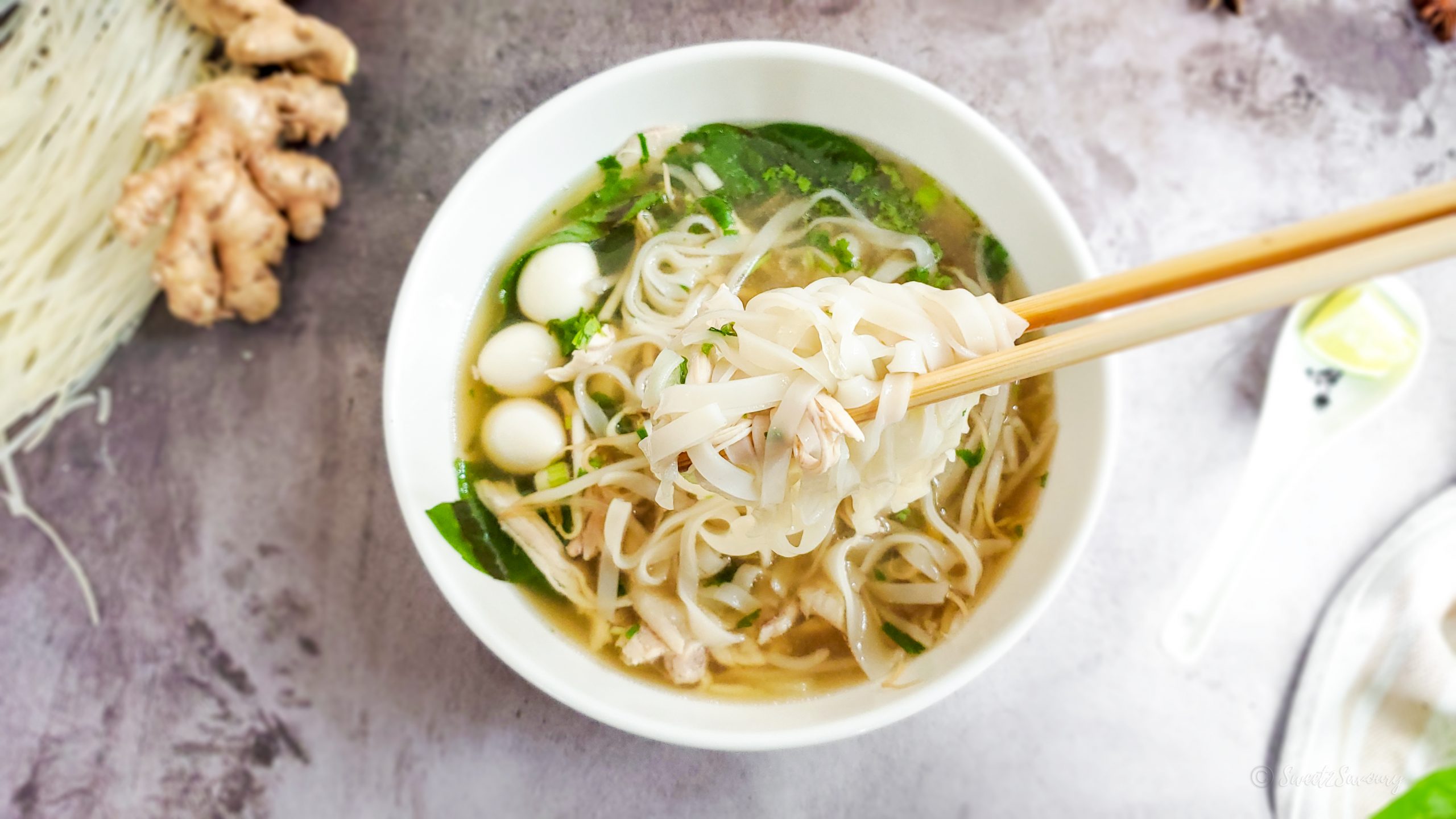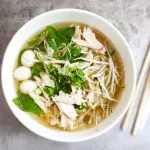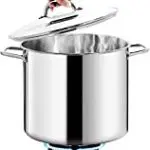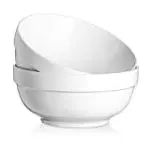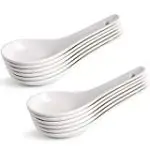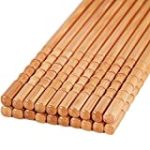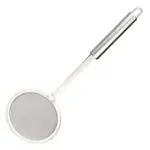Phở Gà or Chicken Pho is the soup cousin to popular Beef Pho (pronounced ‘fuh’). This Vietnamese soup is a filling meal and is usually made to serve at least 8 to 10 people.
Beef Pho broth is made from beef bones simmered for a long time with roasted vegetables and spices. Simmer time can range anywhere from a few hours up to 48 hours.
Chicken Pho broth is simpler to make since it only takes up to an hour to simmer a whole chicken. Traditionally it is made with free-range chicken you can buy from an Asian supermarket. The meat tends to have more of a chew than regular chicken. However, you can use any regular whole chicken or a combination of chicken thighs, drumsticks, and/or chicken breasts.
*Good To Know*
- What type of chicken do I need?
Traditionally, a free-range, stewing chicken (or a hen) is used. You can find this type of poultry at any Asian supermarket. The cooked meat tends to have more of a chew than regular chicken and is smaller in size. Alternatively, you can use any regular whole chicken or a combination of chicken thighs, drumsticks, or breasts. - How do I cook Pho rice noodles?
Most pho noodle packages provide instructions on how to soak & cook the noodles. What I find though is that the method varies. Some instruct you to soak noodles in boiling water. Others instruct you to boil dry noodles in a pot of water (yikes!). To get a perfect chewy noodle bite every time, you can read my how-to instructions here. - What can I do with leftover broth?
If you have leftover broth, you can store broth in an airtight container for up to 4 days in the refrigerator. Freeze broth to extend its shelf life up to 3 months in an airtight container. You can even freeze broth in an ice cube tray and use individual broth pods for stir-fries or other recipes. - Where can I find quail eggs?
Most Asian grocery stores sell fresh and canned quail eggs. For convenience, I like to buy quail eggs in a can because they are peeled and already boiled. All I need to do is drain and rinse them. Then I can use them in any recipe. Fresh quail eggs need to be boiled then peeled before they are added to the soup bowl. These eggs are smaller than regular chicken eggs. If you cannot find them, you can garnish each bowl with half of a boiled & peeled chicken egg.
Ingredients you will need
For the broth
- a whole chicken or combination of chicken thighs, drumsticks, chicken breasts
- large yellow onions
- fresh ginger
- star anise
- chicken bouillon powder
- fish sauce
- salt
- yellow rock sugar (cane sugar) or white sugar
To assemble and serve with the bowl
- flat pho rice noodles (bánh phở)
- optional – Quail eggs (fresh or canned)
- bean sprouts
- white onion and/or green onion
- cilantro
- Thai basil
- optional – jalapeno or red Thai chili
- sriracha sauce
- hoisin sauce
- lime
How to make chicken pho broth
Homemade pho broth is usually cooked in a large amount. One reason is that authentic pho broth needs time to simmer beef bones in order to achieve a flavourful bone broth, so to make it worthwhile, cooking a large batch makes more sense. Then, leftover broth can be frozen for later use. Another reason is that pho is an easy, affordable, wholesome meal to serve to a large family or group of people, especially when you can enjoy it a second time as leftover dinner the next day! #winning
Since chicken does not need hours to cook, chicken pho broth is easier and quicker to make. Start with a large 15L stockpot. Fill 2/3 of the pot with water (10L) and bring to a rolling boil on high heat. In the meantime, rinse and pat dry the chicken. Add chicken to boiling water and reduce heat to medium-high. Skim the water surface with a ladle or a skimmer spoon to remove foam/impurities that float the surface while cooking the chicken. Add salt to the broth and reduce heat to medium-low. Leave the pot uncovered to maintain a clear broth.
Roast vegetables for the broth
While the chicken is simmering, prepare your roasted vegetables.
Peel whole cooking onions and cut them in half, against the grain. Doing so releases more flavour which will be great for roasting. Peel ginger and cut in half, lengthwise. Measure half a cup of star anise and set them aside. Preheat a large skillet or non-stick pan on high heat. Add star anise to the pan, continuously stir while roasting star anise until fragrant and lightly charred (about 3 minutes). Set them aside in a heat-proof bowl. Then add 1 teaspoon vegetable oil to the pan and maintain heat on high. Place onion halves, cut side down, and roast for a few minutes until charred. Flip onions and roast until charred. Set them aside on a plate. Next, roast ginger on each side for a few minutes until lightly charred and set them aside to cool. With a heavy meat tenderizer, use the flat side to pound each ginger slice lightly to flatten and release its juices. Add roasted onions, ginger, and star anise to the broth.
Some pho broth recipes add cinnamon sticks, cloves, and coriander seeds. You might be wondering why I am not using these spices. Truthfully, I find that too many spices can overpower the broth flavour but it is also because I grew up making Pho broth this way. By only using the star anise as the toasted spice, it makes it the ‘star’ of the broth (see what I did there?).
Add fish sauce, chicken bouillon powder, and rock sugar into the broth. Simmer chicken for 1 hour or until it is fully cooked.
Carefully remove the whole chicken and place it into a cold water bath for 10 to 15 minutes to stop the meat from continuing to cook and cool enough to handle. Then, debone and shred the entire chicken. Set it aside and cover it with plastic wrap.
Prepare pho noodles and assemble the bowl
About 30 minutes before you are ready to serve the meal, soak pho noodles in lukewarm water. Then, portion the noodles, boil them for a few seconds to cook and transfer them to each bowl. For more information on how to prepare pho noodles, click here.
Assemble each soup bowl in this order:
- cooked pho noodles
- sliced white onion
- shredded chicken
- cooked quail eggs (optional) or half a boiled chicken egg
- bean sprouts
- Thai basil
- sliced green onions
- chopped cilantro
- jalapeno or red Thai chili (optional)
- wedge of lime (on the side)
Alternatively, you can serve items number 5, 6, 9, & 10 as a side plate, so that each person can choose their own vegetable to add to their bowl. Lastly, set a bottle of Hoisin and Sriracha sauce at the table for additional seasoning options.
When ready to serve, pour hot chicken pho broth into each bowl and enjoy immediately. You can use a mesh strainer to filter the broth while you pour it into each bowl.
Simple Authentic Vietnamese Chicken Pho Soup (Phở Gà)
Ingredients
For the broth
- 10 litre water
- 4½ pound whole chicken, or a combination of chicken thighs, drumsticks or breasts
- 1 Tablespoon kosher or sea salt
- ½ cup star anise
- 1 teaspoon vegetable oil
- 3 large yellow onions, peeled and halved (against the grain)
- 2 medium ginger roots (whole), peeled and halved, lengthwise
- ½ cup fish sauce
- 3 Tablespoons chicken bouillon powder
- ½ cup yellow rock sugar, or 1/3 cup white sugar
For the noodles
- 2 packages medium, dry, flat, pho noodles (Bánh Phở), soaked in lukewarm water* (see notes)
Assemble & Garnish
- 1 large white onion, peeled, halved & sliced thinly
- 2 bags bean sprouts, or 1/2 cup per soup bowl
- 2 cans cooked quail eggs (optional – 2x 400mL cans), drained & rinsed** (see notes)
- 6 sprigs fresh Thai basil
- 1 cup green onions (4 stalks), finely chopped
- 1 cup fresh cilantro (leafy part), finely chopped
- 2 large jalapeno peppers (optional), or 3 red Thai chili, sliced thinly
- 2 whole Limes, cut into wedges
Additional Seasoning
- 1 bottle Hoisin sauce
- 1 bottle Sriracha sauce
INSTRUCTIONS
To make the chicken pho broth
- Fill a large 15L stock pot with 10L water and bring to a rolling boil on high-heat with the lid on.
- Rinse, pat dry chicken, and add to boiling water. Add salt to the pot and reduce heat to medium-high. Leave the pot uncovered to maintain a clear broth thorughout the cooking process. Skim the water surface with a ladle or skimmer spoon to remove foam/impurities that float the surface while the chicken is cooking. Reduce heat to medium-low and continue to simmer chicken.
- In the meantine, roast star anise in a large skillet or nonstick pan on high heat until lightly charred. Set aside.
- Add 1 teaspoon vegetable oil to the skillet while it is still on high heat and place onion halves, cut side down. Roast for a few minutes until charred. Flip onions and roast until charred. Set aside.
- Roast ginger halves on each side for a few minutes until lightly charred. Set aside to cool for 5 minutes. Flatten each ginger half with the flat side of a meat tenderizer to release its juices.
- Add star anise, roasted onions, and ginger to the broth. Then add fish sauce, chicken bouillon powder, and rock sugar. Stir to combine and continue to simmer chicken, uncovered. After 1 hour, the chicken should be fully cooked. You will know it is cooked when it floats to the surface in the pot. At this point, you can remove all of the roasted vegetables and star anise or you can leave them in. Very carefully remove the chicken and place it into a cold water bath to cool for 10 to 15 minutes. Debone and shred the entire chicken. Set it aside and cover it with plastic wrap.
To soak and cook noodles
- Immerse dry pho noodles in a large bowl filled with lukewarm water. Soak noodles for 15 to 20 minutes. Then, fill 3/4 of a large sauce pan with water and bring to a rolling boil on high heat. Portion and fill a large mesh strainer with soaked noodles.
- Dunk strainer into boiling water for 3 to 5 seconds while stirring noodles with chopsticks or a fork. Shake off excess water and transfer noodles to a large soup bowl. Repeat step 1 & 2 until each bowl is layered with cooked noodles.
To assemble and garnish
- In order, layer on top of the cooked noodles, a sprinkle of sliced white onion, shredded chicken (with desired amount), 2 to 3 quail eggs, 1/2 cup bean sprouts, 4 to 5 Thai basil leaves, a sprinkle of chopped green onions and cilantro. Alternatively, serve bean sprouts, Thai basil, Jalapeno or Thai chili peppers and lime wedges as a side plate. Set a bottle of Hoisin and Sriracha sauce at the table for additional seasoning options. Each person can customize their own bowl this way.
- When ready to serve, pour hot chicken pho broth into each bowl and enjoy immediately. You can use a mesh strainer to filter the broth while you pour it into each bowl.


